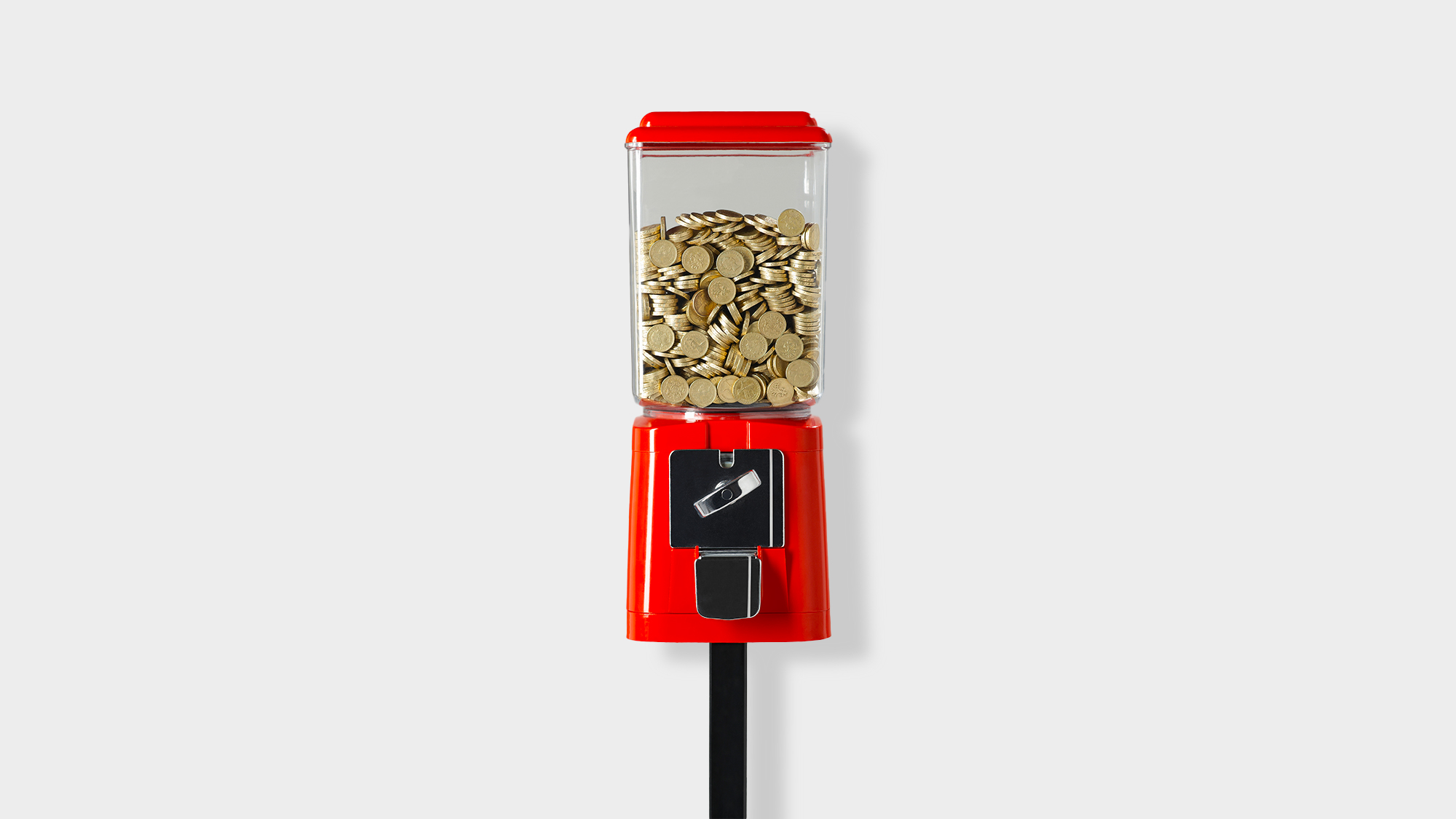Savings
Learn about our savings accounts and apply for an account online.

Discover our other saving accounts



Making the most of your savings[@modulediscl]





More savings account articles[@modulediscl]






Additional information
Disclaimers
United States persons are subject to U.S. taxation on their worldwide income and may be subject to tax and other filing obligations with respect to their U.S. and non-U.S. accounts. U.S. persons should consult a tax adviser for more information.
Mortgage and home equity products are offered in the U.S. by HSBC Bank USA, N.A. and are only available for properties located in the U.S. Subject to credit approval. Borrowers must meet program qualifications. Programs are subject to change. Geographic and other restrictions may apply. Discounts can be cancelled or are subject to change at any time and cannot be combined with any other offer or discount.
Deposit products are offered in the U.S. by HSBC Bank USA, N.A. Member FDIC.

